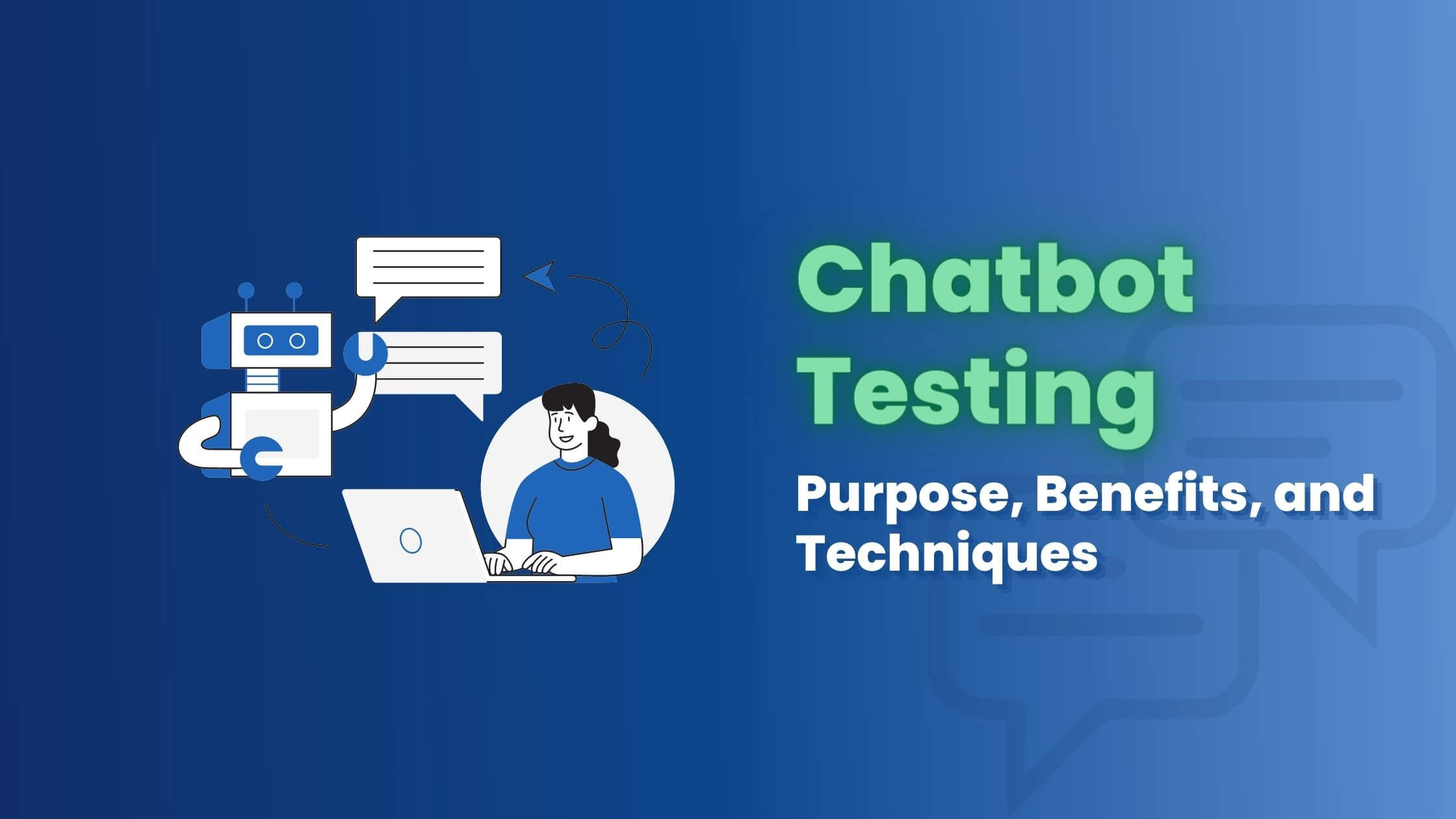Chatbots have become an integral part of modern applications, aiding in efficient communication between users and systems. To ensure these conversational agents perform flawlessly, chatbot testing service is a crucial step before deployment. In this article, we’ll explore chatbot testing, its benefits, and the techniques used to ensure smooth and reliable interactions.
What is Chatbot Testing?
Chatbot testing is a series of procedures and methods employed by developers to establish effective communication between users and chatbots. This testing process aims to identify and rectify any bugs, errors, or flaws in the chatbot’s functionality before it is released for user interaction.
Benefits of Chatbot Testing:
1. Enhanced User Experience:
Through rigorous testing, chatbot flaws are detected early on, leading to improved user experience. When users interact with a well-functioning chatbot, they can accomplish their tasks seamlessly, thereby increasing user satisfaction.
2. Cost-Efficiency:
By conducting chatbot testing in the initial stages of development, issues are identified and resolved before reaching the production phase. This significantly reduces the cost of fixing errors later on.
3. Time Optimization:
Automated chatbot tests offer faster and more efficient results, speeding up the development workflow. These tests require less time compared to manual user interface (UI) tests, allowing developers to focus on improving overall performance.
4. Comprehensive Coverage:
Chatbot testing analyzes various layers of the application to ensure all components work cohesively. This thorough examination guarantees better software quality, meeting user expectations effectively.
5. Stability and Robustness:
Unlike UI, chatbot interfaces remain stable as they are built on detailed information. Changes or updates can be managed seamlessly during testing, ensuring a robust and consistent chatbot performance.
6. Minimal Maintenance:
Chatbots typically require less maintenance due to their stable interfaces. Regular API updates or merges do not significantly affect the chatbot’s performance, reducing maintenance efforts.
7. UI-Independent Access:
Chatbot testing allows for direct access to the application without relying on the user interface. Testers can run API tests to obtain detailed error reports, enabling faster issue resolution.
Also read: How to Fix Error 3154 in SQL Server Database?
Chatbot Testing Techniques:
1. Input Validation:
Checking and validating user inputs ensure that the chatbot responds appropriately to different queries, reducing the risk of unexpected behavior.
2. Error Handling:
Testing the chatbot’s response to erroneous inputs and ensuring it provides informative error messages help users understand and correct their queries.
3. Performance and Load Testing:
Assessing how well the chatbot handles numerous user requests simultaneously helps ensure it remains responsive under peak loads.
4. Security Testing:
Verifying the chatbot’s resistance to cybersecurity attacks protects user data and prevents potential breaches.
Also read:- Strategy to improve spelling errors in English
5. Conversation Flow Testing:
Examining the flow of conversations ensures smooth and logical interactions between the chatbot and users.
How to Perform Chatbot Testing:
1. Understand the Chatbot’s Purpose:
Review the chatbot’s specifications and purpose to strategize the testing plan effectively.
2. Identify Requirements:
Evaluate the chatbot’s target users, functions, features, and application workflow to define testing requirements.
Also read:- write for us tech
Also read:- Technology write for us
Also read:- write for us technology blogs
3. Define Input Parameters:
Determine the necessary input parameters to assess the chatbot’s functionality thoroughly.
4. Create Positive and Negative Test Cases:
Design test cases to verify that the chatbot responds correctly to both expected and unexpected user inputs.
5. Choose the Right Testing Tools:
Select automated testing tools suitable for chatbot testing, ensuring a smoother and faster testing process.
Conclusion:
In conclusion, chatbot testing is a critical phase in the development of chatbot applications. By conducting comprehensive testing, developers can ensure that chatbots function efficiently, leading to enhanced user experiences and cost-effective software development. Adopting the appropriate testing techniques will pave the way for successful and reliable chatbot interactions, ultimately benefiting both businesses and end-users.
Author bio:
Hello, I am a professional SEO Expert & Write for us Technology blog and submit a guest posts on different platforms- we provides a good opportunity for content writers to submit guest posts on our website. We frequently highlight and tend to showcase guests.




